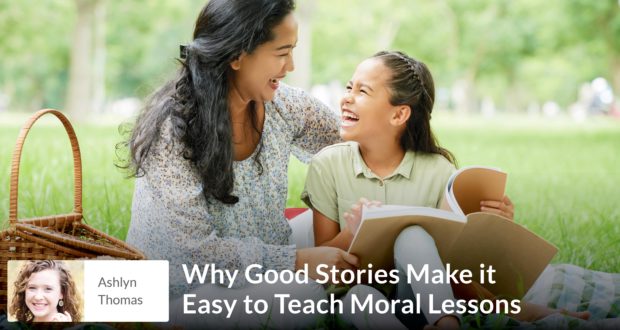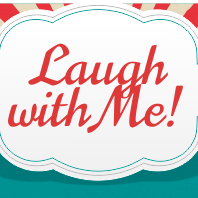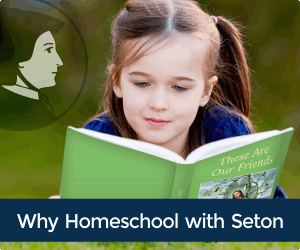Summary
Teaching the difference between right and wrong is not always easy but stories impart values and teach moral lessons, whether in fairy tales or real life.Reading essentially made up my career as a homeschool student.
Fairytales were my bread and butter; I would pull out The Little Glass Slipper, Peter Pan, Heidi, Ella Enchanted, or The Goose Girl from its hiding place and hungrily read the pages.
Consider this permission for all moms and dads: let your child read. Arguably, sneaking a book into the classroom isn’t encouraged, but setting aside time to read between subjects throughout the school day is.
Time spent reading stories contributes to a child’s moral development and character. You can teach your child moral values through stories. Books build character for all readers, but especially for preschoolers and teenagers.
Teaching the difference between right and wrong is not always easy for adults, but stories impart values and explore moral ground, whether they are fairy tales or rooted in real everyday life.
Stories Encourage Character
Books compensate for our own deficiencies and those of society by providing an influence that meets our children’s need to identify and imitate.
Some wonder how stories encourage character. When William Bennett was the Secretary of Education in 1985, he answered by asking,
“Do we want our children to know what honesty means? Then we might teach them about Abe Lincoln walking three miles to return six cents, and conversely, about Aesop’s shepherd boy who cried wolf.
“Do we want our children to know what courage means? Then we might teach them about Joan of Arc, Horatius at the bridge, Harriet Tubman and the Underground Railroad. Do we want them to know about kindness and compassion, and their opposites? Then they should read A Christmas Carol and The Diary of Anne Frank and, later on, King Lear …”
Mr. Bennett provides a clear observation: children learn how to act and how to be persons of virtue by how their imagination and consciences are shaped and captured. Stories teach honesty, courage, and kindness, especially in a society where everyone is too absorbed and busy to supply good example.
Stories speak to the heart and mold our character. For example, Ella Enchanted was my courageous heroine. I adventured with Ella on the quest to break her curse, a fairy’s ‘gift’ of obedience.
Forming the Moral Compass
The theme of selflessness was apparent to 10-year-old me, and I learned perseverance when she was determined to break her curse so that she could act freely out of love, not forced action. She faced ogres, giants, stepsisters, and a handsome prince! When my mother gave me this book, she gave me Ella’s perseverance and selflessness to emulate.
As teachers, we have the responsibility to form our children’s moral compasses. If we do not, they learn narrow-mindedness, prejudice, and bigotry, and accept the degeneration of moral worth.
They see things from their own perspectives and crave a bigger picture of the world. Books give wholesome ideas, emotions, and principles in times we cannot.
So, stories teach moral lessons. There is no shortage of books that celebrate virtue. I encourage parents to introduce children to the world of reading–may it be classic novels, contemporary fiction, science fiction, fantasy, and biographies!

 Seton Magazine Catholic Homeschool Articles, Advice & Resources
Seton Magazine Catholic Homeschool Articles, Advice & Resources














































